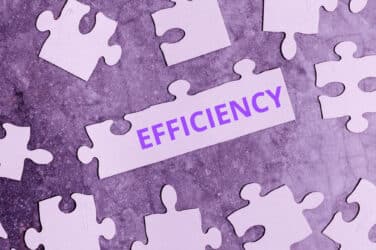Factor investing’s footprint within fixed income is proliferating as more institutional investors push their asset managers to adopt the equities investment strategy.
“They want their fixed-income investments done in the same way,” Ian Lumb, head of risk solutions at Axioma, told Markets Media. “That demand-led change is forcing a pace. I believe in 12 months it is going to be a very different place than where we were 12 months ago. The level of interest in fixed income factor investment and what it takes to get there is not just theoretical: We already see it at conferences and our own events.”
Lumb attributes much of factor investing’s growth to the risk sensitivity of the post-financial crisis as well as the desire for fixed-income, equities, and alternative investment teams to operate from standard models due to margin compressions and other cost pressures.
However, financial firms cannot drop existing factor-investing models directly onto fixed income portfolios without significant tweaks due to their different liquidity profiles, price stability, and transaction visibility as well as fixed income’s higher number of instruments.
It requires fixed-income managers to start thinking similar to equities managers regarding factors such a smart beta, risk premia, and beta investment.
The approach requires a bottom-up approach in which managers integrate more granular data on each element in the portfolio, such as quality, momentum, credit ratings, roll downs, carrys, and investment-grade status, rather than using a top-down approach in which portfolio managers compare performance against a large financial benchmark.
Each approach has its strength, according to Lumb.
Although the bottom-up approach provides greater accuracy down to the instrument level, it lacks explanatory power due to its granularity. Using top-down risk models, such as those that involve indices, provide more explanatory power while incorporating a smaller number of factors.
“When looking at a long-only investment benchmark to isolate single specific factors,” said Lumb. “You can only do that through smart portfolio construction with a risk model that understands factor loading and helps isolate the factors that you want to be exposed to and minimize the exposure to the factors to which you do not want to be exposed.”
To address the issue, Axioma recently released updates to its fixed income and multi-asset risk models on its Axioma Risk platform that incorporate issuer-specific yield curves and market surfaces based on company-specific data down to the entity level.







